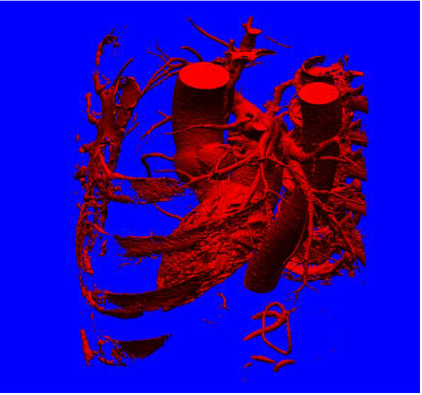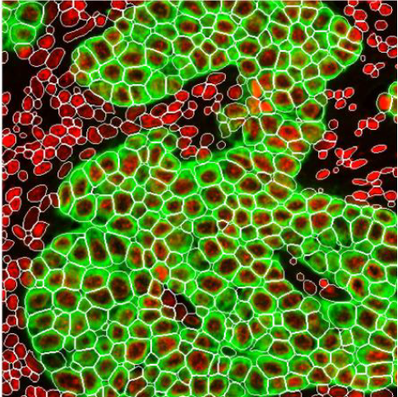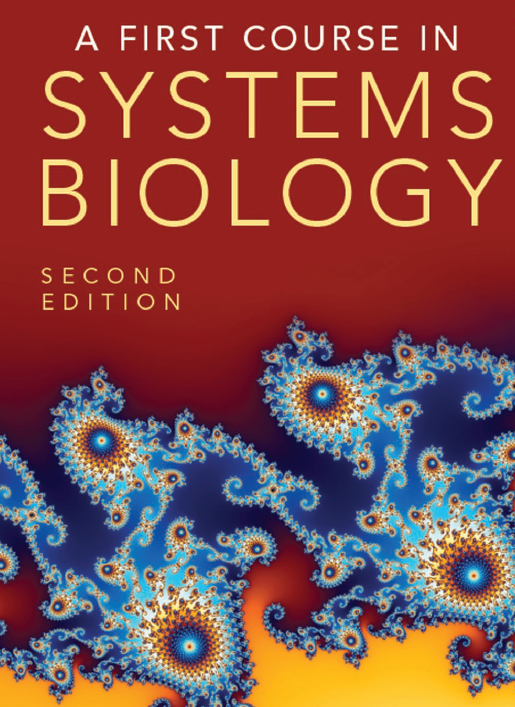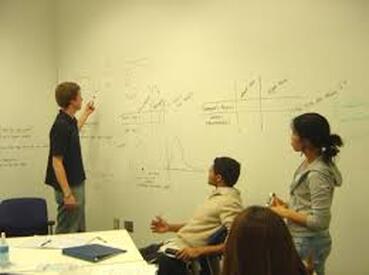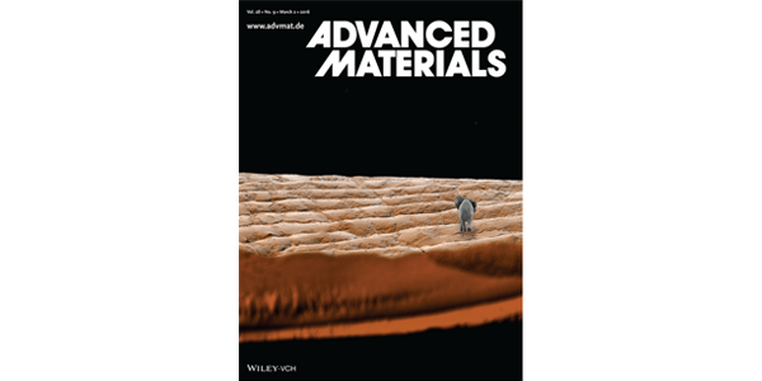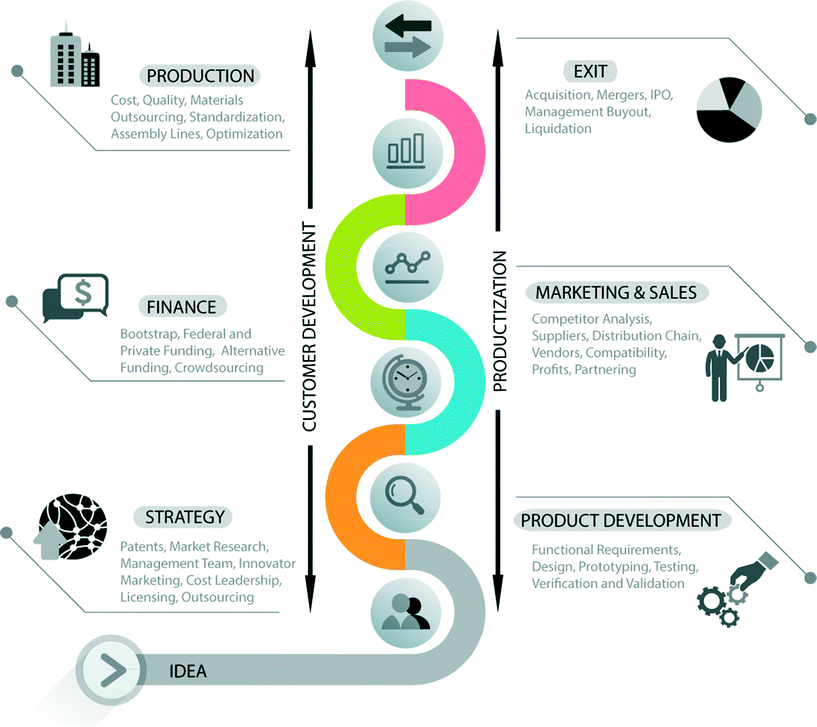|
INTRODUCTION TO MEDICAL IMAGE PROCESSING |
Coskun is teaching BMED 4783 in Fall 2021 and Fall 2022 at Georgia Tech
Introduction to Medical Image Processing teaches students image analysis from micro-scale to macro-scale to process cellular and biomedical imaging data. Theoretical foundations and practical approaches will be presented.
Foundational Knowledge
1. Define the meaning of key terms related to image theories and signal processing.
Application and Integration
2. Use signal processing mathematics to capture and summarize image information.
3. Analyze the contents of an image and interpret interrelations of image properties.
4. Compare and contrast the differences between images from biomedical imaging modalities.
5. Demonstrate competence in image analysis software
6. Demonstrate competence in image statistics from the software platforms. Human Dimension
7. Develop confidence in mastering challenging material.
8. Collaborate with other students to foster effective team work skills.
Caring Dimension
9. Recognize career opportunities in the field of image analysis.
10. Investigate the application of image analysis skills in the real-world applications
Lifelong Learning
11. Identify sources of information for future research.
READ MORE
Foundational Knowledge
1. Define the meaning of key terms related to image theories and signal processing.
Application and Integration
2. Use signal processing mathematics to capture and summarize image information.
3. Analyze the contents of an image and interpret interrelations of image properties.
4. Compare and contrast the differences between images from biomedical imaging modalities.
5. Demonstrate competence in image analysis software
6. Demonstrate competence in image statistics from the software platforms. Human Dimension
7. Develop confidence in mastering challenging material.
8. Collaborate with other students to foster effective team work skills.
Caring Dimension
9. Recognize career opportunities in the field of image analysis.
10. Investigate the application of image analysis skills in the real-world applications
Lifelong Learning
11. Identify sources of information for future research.
READ MORE
|
BIOMEDICAL SYSTEMS AND MODELING |
Coskun is teaching BMED 3520 in Fall 2020, Spring 2021 and Spring 2022 at Georgia Tech
The course introduces juniors in BME to the field of computational systems biology. It covers all typical aspects of biomathematical modeling, including: the choice of a modeling framework from among alternative approaches; the design of interaction diagrams; the identification of variables and processes; the design of systems models; standard methods of parameter estimation; the analysis of steady states, stability, sensitivity and gains; numerical evaluations of transients; phase-plane analysis; and the simulation of representative biomedical scenarios. All theoretical concepts are exemplified with applications.
READ MORE
READ MORE
|
PROBLEM BASED LEARNING |
Coskun is teaching BMED 2250 in Spring 2020 at Georgia Tech
The biomedical engineering department uses the term problem-driven learning (PDL) to describe a suite of courses that have been informed by the problem-based learning (PBL) approach. Originally designed to prepare medical students for the clinic, the PBL curriculum was centered on having small teams of students diagnose the ailments of simulated patients, with the intended outcome that they would develop a deep understanding of the human body and the cognitive practices of diagnosis.
READ MORE
READ MORE
|
DEMONSTRATION BASED LEARNING |
Utilize hands-on visuals to enhance student's progress
We strongly believe that the lectures should be supported by live demonstrations that are relevant to the topic. Interactive education methodologies that can maintain the long-term retention of knowledge and information. Therefore, we follow active classroom strategy to improve the learning of our students.
|
ART AND SCIENCE |
BioArt and NanoArt on the nanoscale and beyond
Advanced Materials 2015
Methods of forming and patterning materials at the nano‐ and microscales are finding increased use as a medium of artistic expression, and as a vehicle for communicating scientific advances to a broader audience. While sharing many attributes of other art forms, miniaturized art enables the direct engagement of sensory aspects such as sight and touch for materials and structures that are otherwise invisible to the eye. The historical uses of nano‐/microscale materials and imaging techniques in arts and sciences are presented. The motivations to create artwork at small scales are discussed, and representations in scientific literature and exhibitions are explored. Examples are presented using semiconductors, microfluidics, and nanomaterials as the artistic media; these utilized techniques including micromachining, focused ion beam milling, two‐photon polymerization, and bottom‐up nanostructure growth. Finally, the technological factors that limit the implementation of artwork at miniature scales are identified, and potential future directions are discussed. As research marches toward even smaller length scales, innovative and engaging visualizations and artistic endeavors will have growing implications on education, communication, policy making, media activism, and public perception of science and technology.
How to commercialize your research idea?
|
